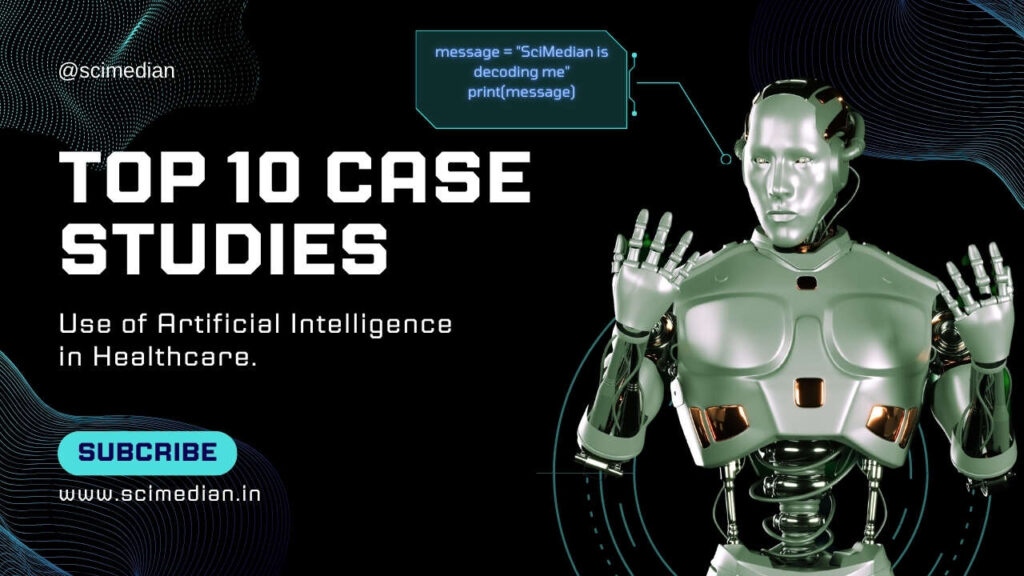DNA sequencing Overview, Process, and Sequences
Introduction
DNA sequencing has revolutionized genetics and molecular biology. By determining the precise order of nucleotides within a DNA molecule, scientists can unlock the secrets of genetic information, leading to advancements in medicine, forensics, and evolutionary biology. In this blog, we will explore the DNA sequencing process, explain what a DNA sequence is, identify the four sequences of DNA, and delve into the process in Hindi.

What is the DNA Sequencing Process?
DNA sequencing is the process of determining the exact order of the four nucleotide bases—adenine (A), guanine (G), cytosine (C), and thymine (T)—within a DNA molecule. This process involves several steps:
- Sample Preparation: DNA is extracted from cells and purified. This step ensures that the DNA is free from contaminants that could interfere with the sequencing process.
- DNA Fragmentation: To make sequencing more manageable, the DNA is broken into smaller fragments using enzymes or mechanical methods.
- Amplification: The fragments are amplified using techniques like Polymerase Chain Reaction (PCR) to produce enough DNA for sequencing. PCR is a widely used method that can create millions of copies of a specific DNA segment.
- Sequencing: The amplified DNA fragments are sequenced using methods such as Sanger sequencing or Next-Generation Sequencing (NGS). Sanger sequencing, developed by Frederick Sanger, is a method that uses chain-terminating nucleotides to determine the DNA sequence. NGS, on the other hand, allows for the sequencing of millions of DNA fragments simultaneously, making it faster and more cost-effective.
- Data Analysis: The sequence data is analyzed using bioinformatics tools to assemble the DNA sequence and identify genetic variations. This step involves aligning the sequence reads to a reference genome and identifying any differences.
What is DNA Sequence?
A DNA sequence is the specific order of nucleotides in a DNA molecule. Each sequence of nucleotides encodes genetic information that determines the characteristics and functions of an organism. The sequence is read in a specific direction, from the 5′ end to the 3′ end, and is represented by a series of letters (A, T, C, G) corresponding to the nucleotide bases.
DNA sequences can vary greatly in length, from a few nucleotides to millions of nucleotides. These sequences can be divided into genes, which code for proteins, and non-coding regions, which have regulatory or unknown functions. The human genome, for example, contains approximately 3 billion nucleotide pairs, organized into 23 pairs of chromosomes.
What are the 4 Sequences of DNA?
The four sequences of DNA refer to the four nucleotide bases that make up the DNA molecule:
- Adenine (A): Pairs with thymine (T) through two hydrogen bonds. Adenine is a purine base and plays a crucial role in the structure and function of DNA.
- Thymine (T): Pairs with adenine (A). Thymine is a pyrimidine base and is unique to DNA, as it is replaced by uracil (U) in RNA.
- Cytosine (C): Pairs with guanine (G) through three hydrogen bonds. Cytosine is a pyrimidine base and is involved in the regulation of gene expression.
- Guanine (G): Pairs with cytosine (C). Guanine is a purine base and is essential for the stability of the DNA double helix.
These base pairs form the rungs of the DNA double helix, with the sugar-phosphate backbone forming the sides. The specific pairing of these bases (A with T and C with G) ensures the accurate replication and transmission of genetic information.
डीएनए अनुक्रमण प्रक्रिया क्या है?
डीएनए अनुक्रमण प्रक्रिया डीएनए अणु के भीतर न्यूक्लियोटाइड्स के क्रम को निर्धारित करने की प्रक्रिया है। इसमें निम्नलिखित चरण शामिल हैं:
- नमूना तैयारी: कोशिकाओं से डीएनए निकाला और शुद्ध किया जाता है। यह चरण सुनिश्चित करता है कि डीएनए में कोई अशुद्धियाँ न हों जो अनुक्रमण प्रक्रिया में बाधा डाल सकें।
- डीएनए विखंडन: डीएनए को छोटे टुकड़ों में तोड़ा जाता है ताकि अनुक्रमण अधिक प्रबंधनीय हो सके। यह एंजाइमों या यांत्रिक विधियों का उपयोग करके किया जा सकता है।
- वृद्धि: पॉलिमरेज़ चेन रिएक्शन (पीसीआर) जैसी तकनीकों का उपयोग करके टुकड़ों को बढ़ाया जाता है ताकि अनुक्रमण के लिए पर्याप्त डीएनए उत्पन्न हो सके। पीसीआर एक व्यापक रूप से उपयोग की जाने वाली विधि है जो एक विशिष्ट डीएनए खंड की लाखों प्रतियां बना सकती है।
- अनुक्रमण: बढ़ाए गए डीएनए टुकड़ों को सेंगर अनुक्रमण या अगली पीढ़ी के अनुक्रमण (एनजीएस) जैसी विधियों का उपयोग करके अनुक्रमित किया जाता है। सेंगर अनुक्रमण, फ्रेडरिक सेंगर द्वारा विकसित, एक विधि है जो डीएनए अनुक्रम को निर्धारित करने के लिए श्रृंखला-समाप्ति न्यूक्लियोटाइड्स का उपयोग करती है। दूसरी ओर, एनजीएस, एक साथ लाखों डीएनए टुकड़ों के अनुक्रमण की अनुमति देता है, जिससे यह तेज और अधिक लागत प्रभावी हो जाता है।
- डेटा विश्लेषण: अनुक्रम डेटा का जैव सूचना विज्ञान उपकरणों का उपयोग करके विश्लेषण किया जाता है ताकि डीएनए अनुक्रम को इकट्ठा किया जा सके और आनुवंशिक भिन्नताओं की पहचान की जा सके। इस चरण में संदर्भ जीनोम के लिए अनुक्रम रीड्स को संरेखित करना और किसी भी अंतर की पहचान करना शामिल है.
Conclusion
DNA sequencing is a powerful tool that has transformed our understanding of genetics. By determining the precise order of nucleotides, scientists can uncover the genetic blueprint of organisms, leading to breakthroughs in various fields. Whether you are a student, researcher, or simply curious about genetics, understanding the DNA sequencing process is essential. We hope this blog has provided you with a clear and comprehensive overview of DNA sequencing and its significance.
DNA sequencing Overview, Process, and Sequences Read More »








